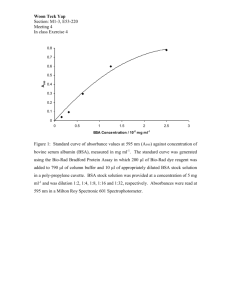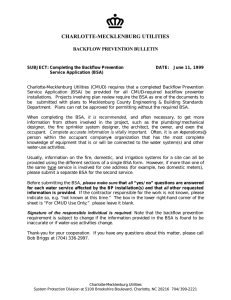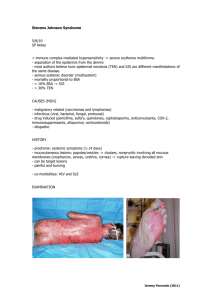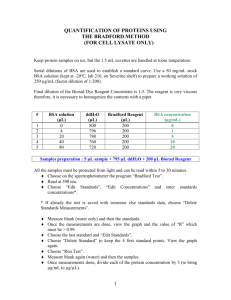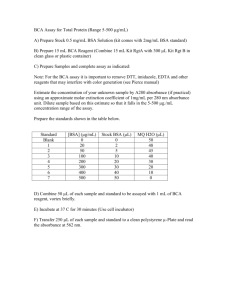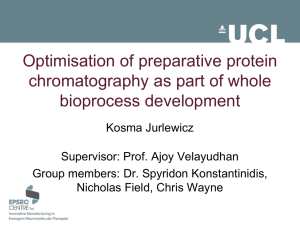APL-supplementary_checked
advertisement
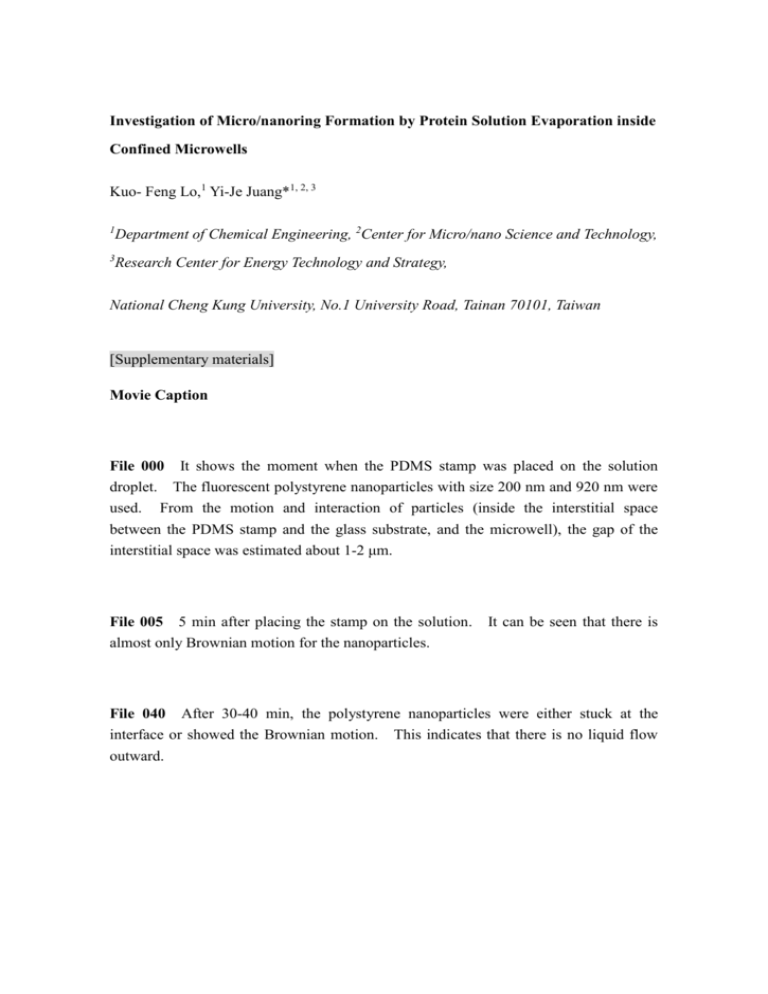
Investigation of Micro/nanoring Formation by Protein Solution Evaporation inside Confined Microwells Kuo- Feng Lo,1 Yi-Je Juang*1, 2, 3 1 Department of Chemical Engineering, 2Center for Micro/nano Science and Technology, 3 Research Center for Energy Technology and Strategy, National Cheng Kung University, No.1 University Road, Tainan 70101, Taiwan [Supplementary materials] Movie Caption File 000 It shows the moment when the PDMS stamp was placed on the solution droplet. The fluorescent polystyrene nanoparticles with size 200 nm and 920 nm were used. From the motion and interaction of particles (inside the interstitial space between the PDMS stamp and the glass substrate, and the microwell), the gap of the interstitial space was estimated about 1-2 μm. File 005 5 min after placing the stamp on the solution. almost only Brownian motion for the nanoparticles. It can be seen that there is File 040 After 30-40 min, the polystyrene nanoparticles were either stuck at the interface or showed the Brownian motion. This indicates that there is no liquid flow outward. Figure Caption Figure S1 Plot of fluorescence intensity across the microwell during evaporation of 1wt% BSA(aq) inside 50-8 stamp. (Scale bar: 10 μm) Figure S2 Sequential images of evaporation of BSA(aq) inside 50-8 microwells. (under 1000X OM) (a) 1 wt% BSA(aq) and (b) 3 wt% BSA(aq) with addition of fluorescein; and (c) 1 wt% FITC-conjugated BSA(aq) (molar ratio: fluorescein: BSA = 6:1) Figure S3 SEM images of deposited BSA patterns inside 50-8 microwell array. For 0.1 wt% solution, the BSA ring-like structure is broken. As the solution concentration increases greater than 6 wt%, the BSA deposit forms a pillar-like structure. Correspondence should be addressed to Y. J. J. (email: yjjuang@mail.ncku.edu.tw).


